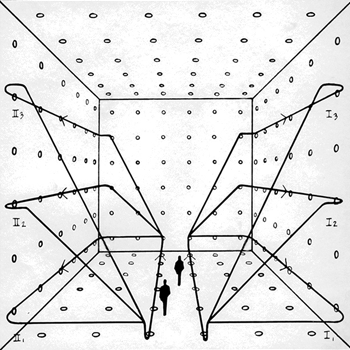How to find frequency of rotational motion without knowing radius?
v_1 =3m/s, v_2 =2m/s, r_2 =r-10cm
2 Answers
Explanation:
I assume that we are referring to a rigid object that rotates at a constant angular frequency
We know the linear speeds
For rigid rotation, it holds for any point on the solid that
Therefore we know that
which gives that
Now we can solve for
Using our newfound knowledge of the radius
Check that you get the same answer when using
Depends what you're asking.
Explanation:
It looks like there is a typo in your question. If what you are really saying is this:


